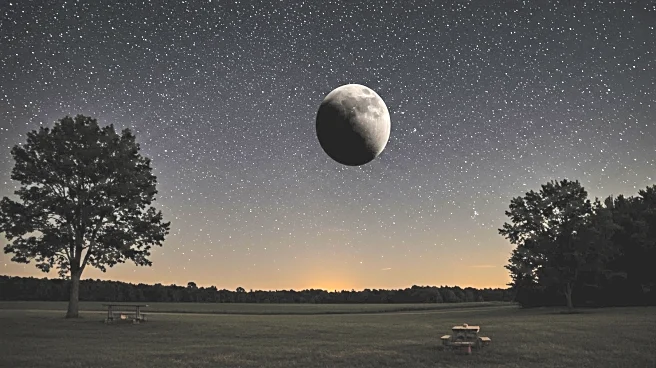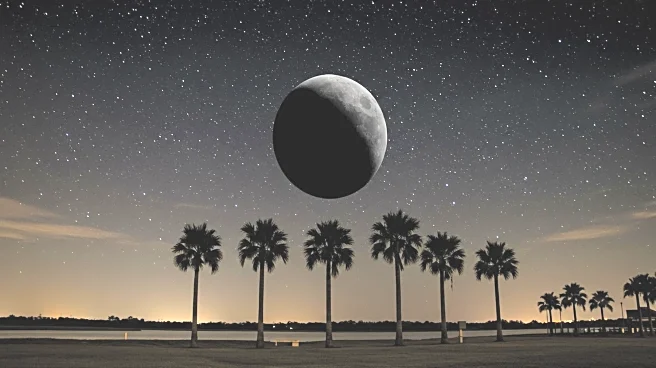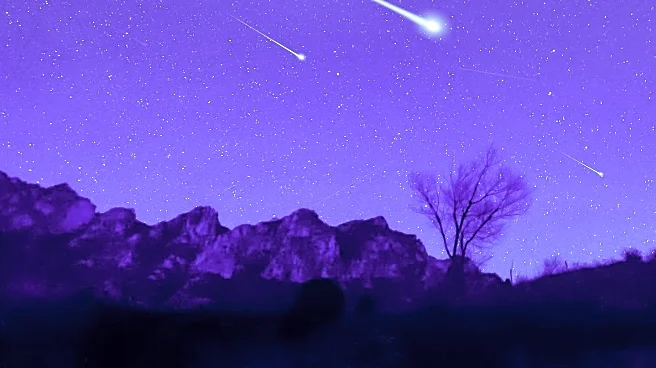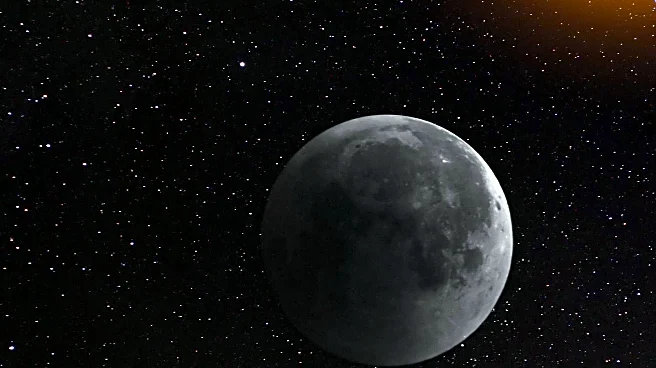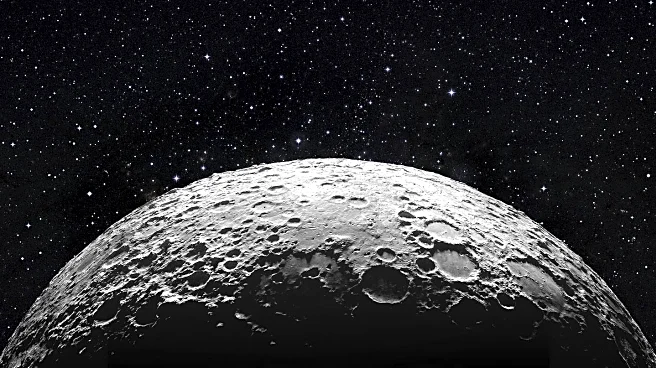Rapid Read • 8 min read
This weekend, a rare astronomical event known as a 'black moon' will occur, offering a unique opportunity for stargazers in Chicago. According to Hunter Miller, an astronomy educator at the Adler Planetarium, a black moon is similar to a blue moon and happens by chance every two to three years. The event refers to the third of four new moons in a single season, making the moon invisible to observers on Earth as it is positioned between the Earth and the sun. While the moon itself will not be visible, the absence of its light provides an excellent opportunity for stargazers to observe faint celestial objects and the Milky Way, especially if they can escape the city's light pollution.
AD
The occurrence of a black moon is significant for astronomy enthusiasts and the general public interested in celestial events. It provides a rare chance to observe the night sky without the interference of moonlight, which can enhance visibility of distant stars and galaxies. This event encourages people to engage with astronomy and appreciate the natural world, potentially fostering interest in science and education. Additionally, it highlights the importance of dark sky preserves and efforts to reduce light pollution, which can improve stargazing experiences and contribute to environmental conservation.
Stargazers are advised to plan trips outside of Chicago to areas with less light pollution for optimal viewing conditions. The Adler Planetarium may offer guidance or events related to the black moon, encouraging public participation in astronomy. As interest in such phenomena grows, there may be increased advocacy for dark sky preserves and initiatives to reduce urban light pollution, benefiting both amateur astronomers and environmental efforts.
The black moon event underscores the broader cultural and scientific interest in astronomy and the natural world. It may inspire educational programs and community events focused on stargazing and environmental awareness. The phenomenon also highlights the ongoing challenge of balancing urban development with the preservation of natural night skies, prompting discussions on sustainable city planning and conservation.
AD
More Stories You Might Enjoy
